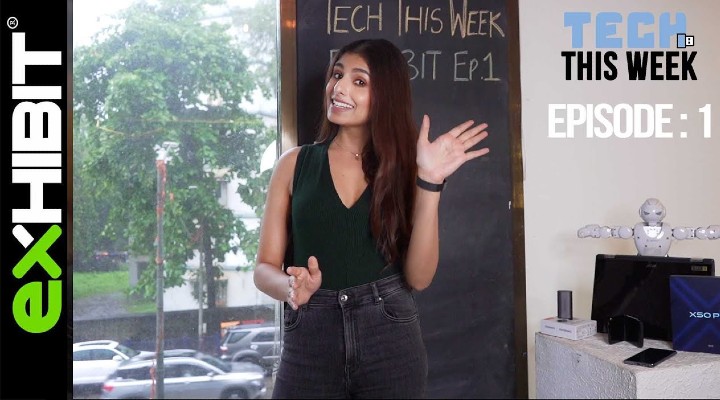There is so much talk about 5G across the globe. It has been in the tech news for quite some time but a lot of us still don’t know all the details. What is this 5G technology? How does it work? Let’s decode this next-gen tech and see how it will revolutionize forthcoming mobile phone generations.
For a simple start, 5G is the fifth generation of mobile networks. It is an evolution of the current 4th generation LTE networks. With the growing connectivity in the world, imagine billions of devices connected to each other with a network and mind of their own. The existing 4G network is fast enough already. Now imagine something faster than that, that too with a faster response time. Sounds cool! Doesn’t it? Now let’s see how all of it works.
First, let’s understand a term called latency. It is the time taken by devices to respond to each other over a wireless network. Now if you thought all the celebration and hype around 5G isn’t worth your while, check this out:
- 3G network response time – 100 milliseconds.
- 4G network response time – 30 milliseconds.
- 5G network response time – 1 millisecond.
Read that again. 1 MILLISECOND. Imagine an almost zero wait time, zero lag and everything happening in actual real time.
So what will this ultra small wait time help us with?
- Internet of Things! Machine to machine communication will become unbelievably fast and imagine a whole world of machines interacting with each other without any human intervention!
- Unbelievably reliable low latency communications.
- Enhanced mobile broadband.
Imagine a world of smart farms, cities, schools, villages. 5G is about to shrink the world further and it seems to provide comfort to lives, businesses and communities like one has never imagined before.
Now with so much to offer, how do 5G networks work?
Initially, 5G networks will have to work with 4G networks to ensure a continuous connectivity.
Getting deeper into the technical aspects; a mobile network has two main components, the ‘Radio Access Network’ and the ‘Core Network’.
The Radio Access Network –
It comprises of an array of facilities that include small cells, towers, masts and home systems that connect mobile users and wireless devices to the main core network.
Small cells are a major feature of 5G networks especially at the new millimetre wave (mmWave) frequencies. Here, the connection range is very short. Small cells will be distributed in clusters to provide a continuous connection.
5G Macro Cells will use MIMO (multiple input, multiple output) antennae which have multiple connections in order to send and receive more data simultaneously. The benefit to us is that more people can connect to the network at the same time while getting the same, rich output.
The Core Network
This is the mobile exchange and data network which has the job of managing all of the mobile voice, data and internet connections. Most of the advanced features of 5G including network slicing for various applications and services will be managed in the core.
Network Slicing
This enables a smart way to segment the network for a particular business or application.
Network Function Virtualization (NVF)
This is the ability to instantiate network functions in real time for any location within the operator’s cloud platform. Network functions that used to run on dedicated hardware will now be able to operate on software on a virtual machine. NVF is extremely important for speed efficiency to support new business applications.
This is all the basic tech that goes into operations of 5G networks.
Now imagine a world where you don’t have to wait for a page to load. That’s just the tip of the iceberg and that’s the least of the best that 5G can do for you. Let our imagination dream big. Now imagine a world where you don’t have to operate anything in your house and all of those machines work on their own as and when needed. That’s what we’re talking about. Maybe even bigger and better things are in store for us with 5G. Only time will tell if it’s a boon or a bane. After all, we are all going to become super lazy with so much tech at our disposal. However, with all those perks, we aren’t really complaining. Are we?
